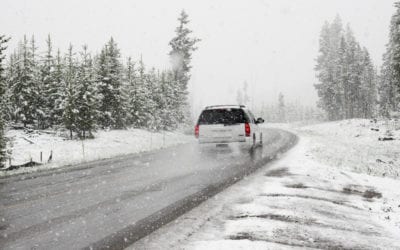The Okanagan and Kelowna area roads can drastically change from one road to another in the winter. This is because of our mountains, trees and lakes. One section of the highway can be clear and dry while five minutes down the highway there could be a deadly patch of black ice waiting for you. Here is some great information for you when considering what tire you need.
 Winter Tires Snow Flake / Mountain Symbol |
The mountain/snowflake symbol on the side of the tireWe recommend snowflake rated tires (with mountain/snowflake on tire) be used during the winter. they provide the best traction on compact snow and ice. |
 Winter Tires Mud and Snow Symbol |
The mud and snow symbol on the side of the tireWhile these tires offer better traction than summer tires, they are our no where near as good at true winter tires. Most highways in the Okanagan now require this is a minimum requirement in the winter months of October 1 – March 31 |
 Winter Tires Tread Depth |
3.5 mm treadTires must have 3.5 mm of tread remaining to be considered winter tires. |
Matching Winter TiresWhile the law indicates you must have at least 2 matching winter tires on the same axle, we recommend using 4 matching tires with similar amounts of tread for the best traction |
|
Studded Winter TiresThese tires are a good option if you want the best traction possible. They may be used on BC highways from October 1 to April 30, but must have mountain/snowflake or M+S symbols to be considered winter tires. Use of studded tires outside of these months may result in a fine.Regulations limit tires to 130 studs each for vehicles weighing less than 4,600 kg, or 175 studs each for vehicles weighing more than 4,600 kg.It’s important to note, you should only use studded tires on front wheels if you’re also using them on rear wheels. This is to prevent the vehicle’s back end from sliding. |
We never suggest using summer tires for winter driving October 1 to March 31.
Source: http://www2.gov.bc.ca/gov/topic.page?id=30A822ACDFA64134B3E8B923CBFB2471





